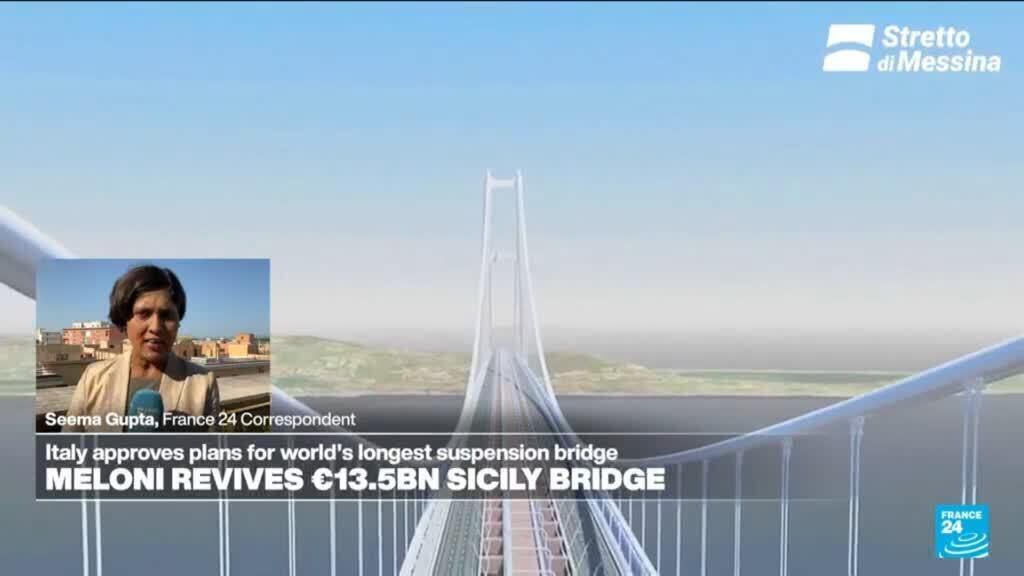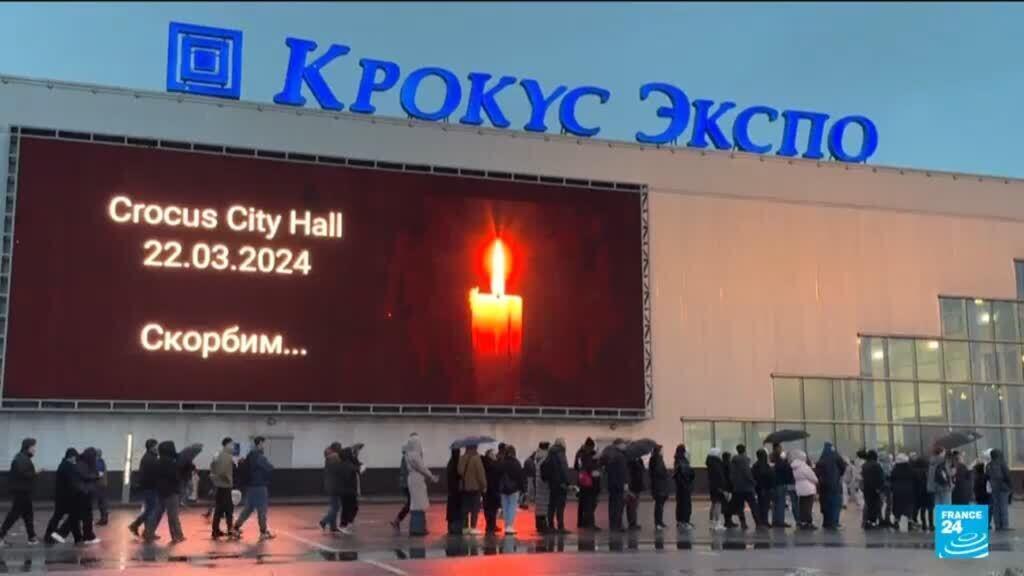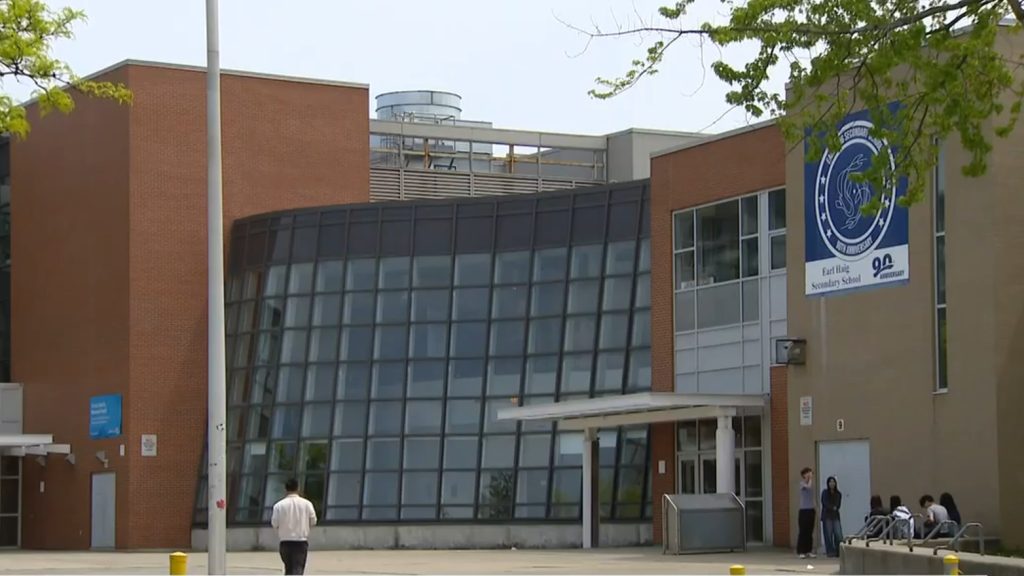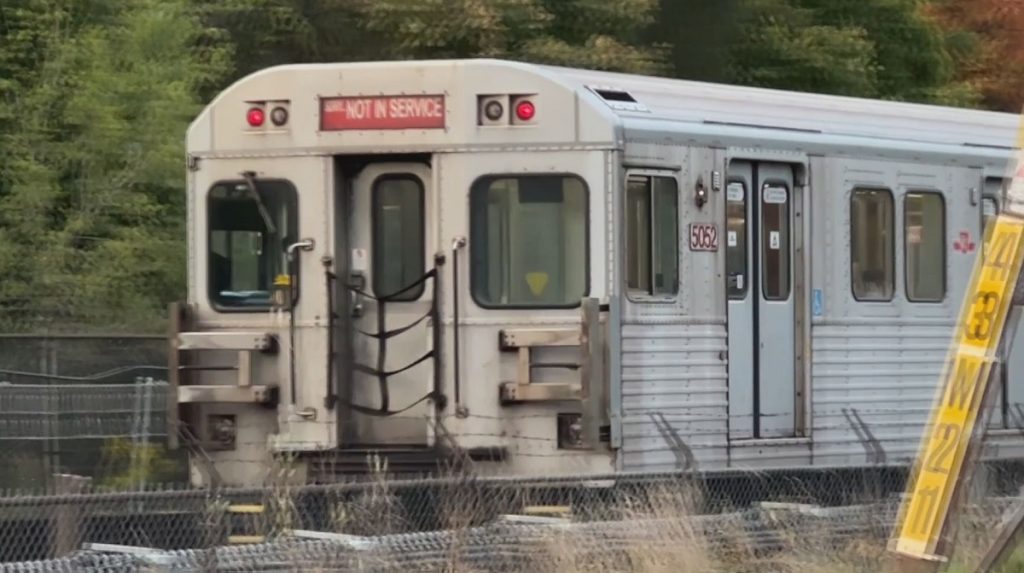Italy Approves World's Largest Suspension Bridge Linking Mainland and Sicily
On Wednesday, Italy took a significant step forward in the realm of infrastructure development by clearing the way for the construction of the world's largest suspension bridge. This monumental project aims to establish a direct link between the Italian mainland and Sicily, with an estimated investment of €13.5 billion (approximately $15.5 billion). The ambitious endeavor has faced numerous delays over the years, primarily due to extensive debates revolving around its scale, potential earthquake risks, environmental implications, and concerns regarding mafia involvement in the project.
The proposed bridge will span the Strait of Messina, a crucial and historically important maritime passage that separates mainland Italy from Sicily. Spanning approximately 3.3 kilometers (2 miles), this bridge is expected to significantly enhance transportation and foster economic growth in the region. Additionally, it aims to improve connectivity between the two regions, making travel and trade more efficient.
The project has gained renewed attention as part of Italy's broader strategy to enhance its infrastructure and stimulate economic recovery in the post-pandemic era. Officials emphasize the importance of this bridge in bolstering transportation infrastructure, which has been cited as a vital aspect of Italy's continued growth. Moreover, supporters argue that the bridge will create thousands of jobs during its construction and provide long-term employment opportunities once it is operational.
However, the road to approval has not been without its complications. Detractors of the project have raised valid concerns regarding the environmental impact of such a large-scale construction. Activists worry that the bridge may disrupt local ecosystems and wildlife habitats. The debate has been further complicated by Italy's geological history, as the region is prone to seismic activity. Critics argue that constructing a massive bridge in an earthquake-prone area presents substantial risks that must be carefully addressed.
Moreover, the shadow of mafia involvement looms over the project. Past infrastructure initiatives in Italy have often been marred by mafia influence, leading to fears that organized crime could exploit the financial resources and contracts associated with the bridge's construction. Authorities will need to implement stringent oversight and regulatory measures to ensure transparency and combat any potential corruption linked to the project.
As the project moves forward, political support remains strong, with the Italian government signaling a commitment to seeing the bridge realized. Proponents within the political landscape argue that its completion would not only enhance regional connectivity but also transform the local economy by attracting tourism and facilitating trade between Sicily and the mainland.
Seema Gupta, the correspondent of FRANCE 24 reporting from Rome, highlights that this infrastructure project serves as a pivotal moment in Italy's ambition to modernize its transportation systems. The government hopes to establish the bridge as a symbol of progress for the nation while addressing the multilayered concerns and challenges it faces.
In conclusion, the approval of the construction of the world's largest suspension bridge represents both an opportunity and a challenge for Italy. While it promises to enhance connectivity and stimulate the economy, it also raises critical environmental, safety, and governance issues that will require careful consideration as the project advances.












